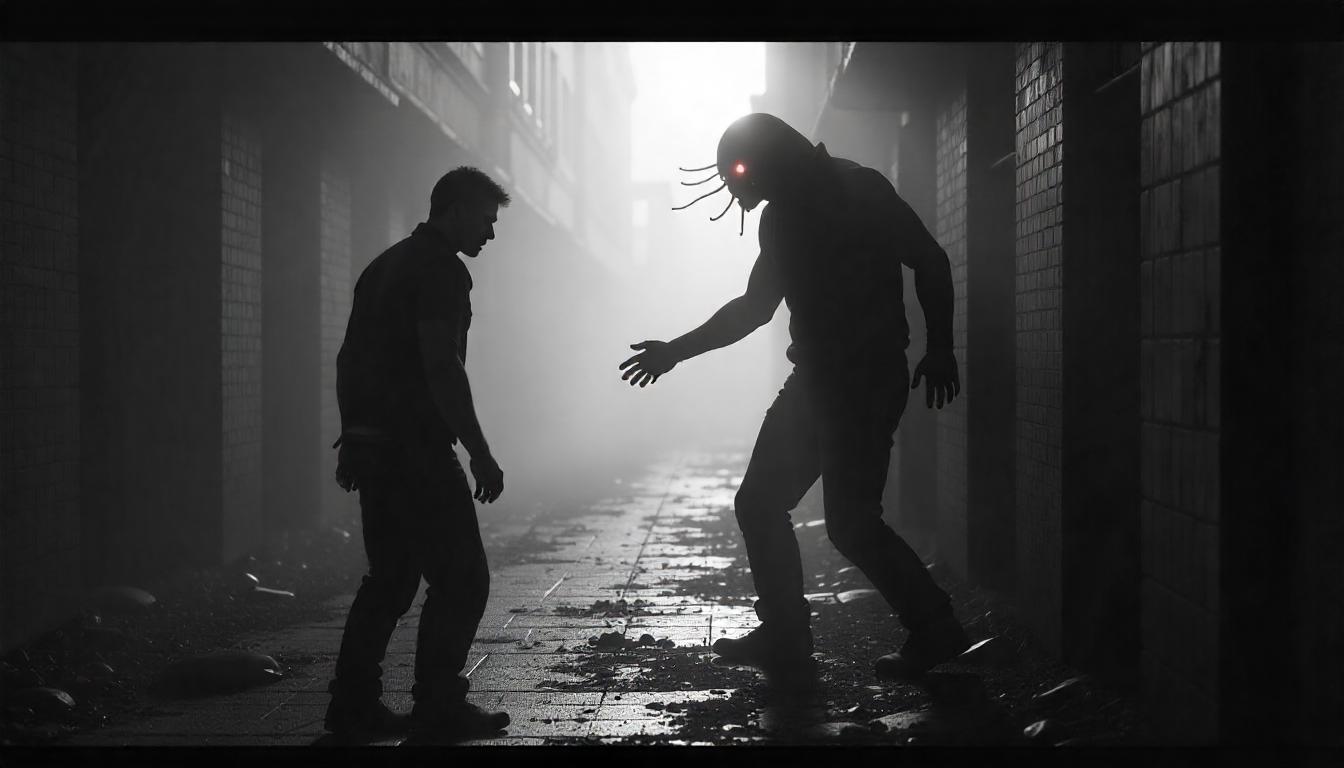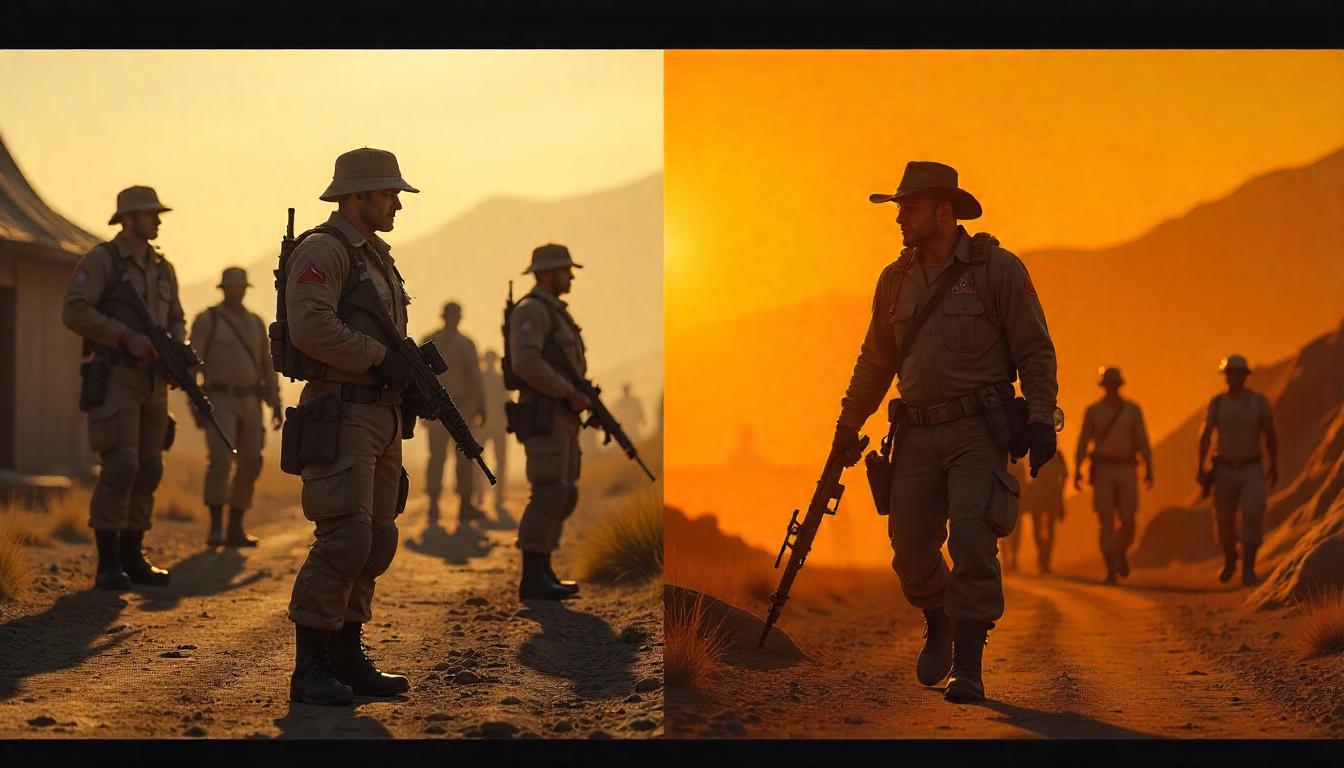Few names in survival horror are as legendary as Resident Evil 4 and Silent Hill. While both franchises have terrorized players for decades, they stand as opposing forces in the horror gaming spectrum. Resident Evil 4 redefined action-horror with its intense combat and nerve-wracking encounters, while Silent Hill steeped itself in psychological horror, crafting dread through oppressive atmosphere and mind-bending narratives. This analysis dissects their survival horror mechanics, atmosphere, storytelling, and lasting legacy, revealing two masterpieces that haunt players in very different ways.
Survival Horror Mechanics: Combat vs. Vulnerability
The survival horror genre thrives on tension, and Resident Evil 4 and Silent Hill achieve this through vastly different mechanical approaches. Resident Evil 4, a landmark in action-horror, introduced an over-the-shoulder camera that revolutionized third-person shooters. Every encounter feels like a desperate struggle against overwhelming odds, with limited ammunition forcing careful resource management. The game’s emphasis on precision—whether executing a well-placed headshot or conserving shotgun shells—keeps players constantly on edge.
In contrast, Silent Hill leans into helplessness. Combat is clunky, unrefined, and intentionally frustrating, reinforcing the protagonist’s vulnerability. Weapons feel unreliable, and dodging enemies is often preferable to engaging them. The fog-drenched streets and nightmarish interiors are filled with grotesque creatures that serve more as manifestations of psychological torment than traditional enemies. Where Resident Evil 4 empowers the player with tactical prowess, Silent Hill disorients and weakens them, making every step feel like a desperate gamble.
Atmosphere: Terror in the Open vs. Oppression in the Fog
Resident Evil 4 thrives on a constant sense of danger. From the eerie village to the foreboding castle, each environment brims with hostile entities and environmental hazards. The game’s use of sound is particularly effective—distant chanting, guttural growls, and the clatter of unseen monstrosities create a relentless sense of tension. Light is a rare ally, with dimly lit corridors and flickering torches amplifying the ever-present dread.
Meanwhile, Silent Hill is a masterclass in atmosphere, creating horror not just through what is seen, but what is suggested. The infamous fog that blankets the town serves both as a technical limitation and an artistic tool, obscuring horrors lurking just beyond sight. The Otherworld sequences transform the familiar into the nightmarish, shifting between rusted metal, pulsating walls, and grotesque imagery. The oppressive sound design—industrial drones, distant sirens, and unsettling silence—traps the player in a constant state of unease.
Where Resident Evil 4 bombards the player with visceral terror, Silent Hill festers in the subconscious, leaving players haunted long after they put down the controller.
Storytelling: Action-Thriller vs. Psychological Nightmare
Narratively, Resident Evil 4 tells a straightforward action-thriller story. Leon S. Kennedy’s mission to rescue the President’s daughter from a sinister cult is filled with high-stakes encounters, over-the-top villains, and conspiracies woven into Resident Evil’s broader lore. The game balances horror with blockbuster action, maintaining a sense of urgency as Leon faces increasingly grotesque threats. While the narrative is engaging, it serves primarily as a vehicle for the game’s thrilling set pieces.
Silent Hill, however, delves into psychological horror, with its narratives deeply rooted in trauma, guilt, and repression. The town of Silent Hill acts as a mirror to the protagonist’s psyche, shaping its horrors based on their subconscious fears. Whether it’s Harry Mason searching for his lost daughter or James Sunderland confronting his buried sins, Silent Hill’s stories are deeply personal, ambiguous, and thought-provoking. The game thrives on symbolism, leaving room for interpretation and debate. Where Resident Evil 4 is an adrenaline-fueled horror ride, Silent Hill is a slow descent into madness.
Legacy: Influence on Horror Gaming
Both games left indelible marks on the horror genre, though their influences manifested in different ways. Resident Evil 4 set the standard for third-person shooters, inspiring everything from Dead Space to modern Resident Evil entries. Its fluid combat and cinematic pacing redefined how horror and action could coexist, creating a blueprint that continues to shape the industry.
Silent Hill, on the other hand, influenced horror games that prioritize atmosphere, psychological depth, and player interpretation. Titles like Amnesia: The Dark Descent, The Medium, and Layers of Fear owe much to Silent Hill’s storytelling approach and environmental horror. Despite the franchise’s decline in recent years, its impact on psychological horror remains profound.
Conclusion: Two Sides of Fear
Comparing Resident Evil 4 and Silent Hill is akin to comparing a heart-pounding nightmare to a slow-burning fever dream. Resident Evil 4 keeps players on edge with relentless action and resource management, while Silent Hill unsettles with its cryptic storytelling and oppressive atmosphere. Both embody survival horror in their own way—one through sheer terror and adrenaline, the other through psychological unease and existential dread.
Ultimately, the choice between Resident Evil 4 and Silent Hill boils down to what kind of fear lingers with you the longest. Do you fear the monsters hunting you in the dark, or the ones lurking in your own mind?






Leave a Reply